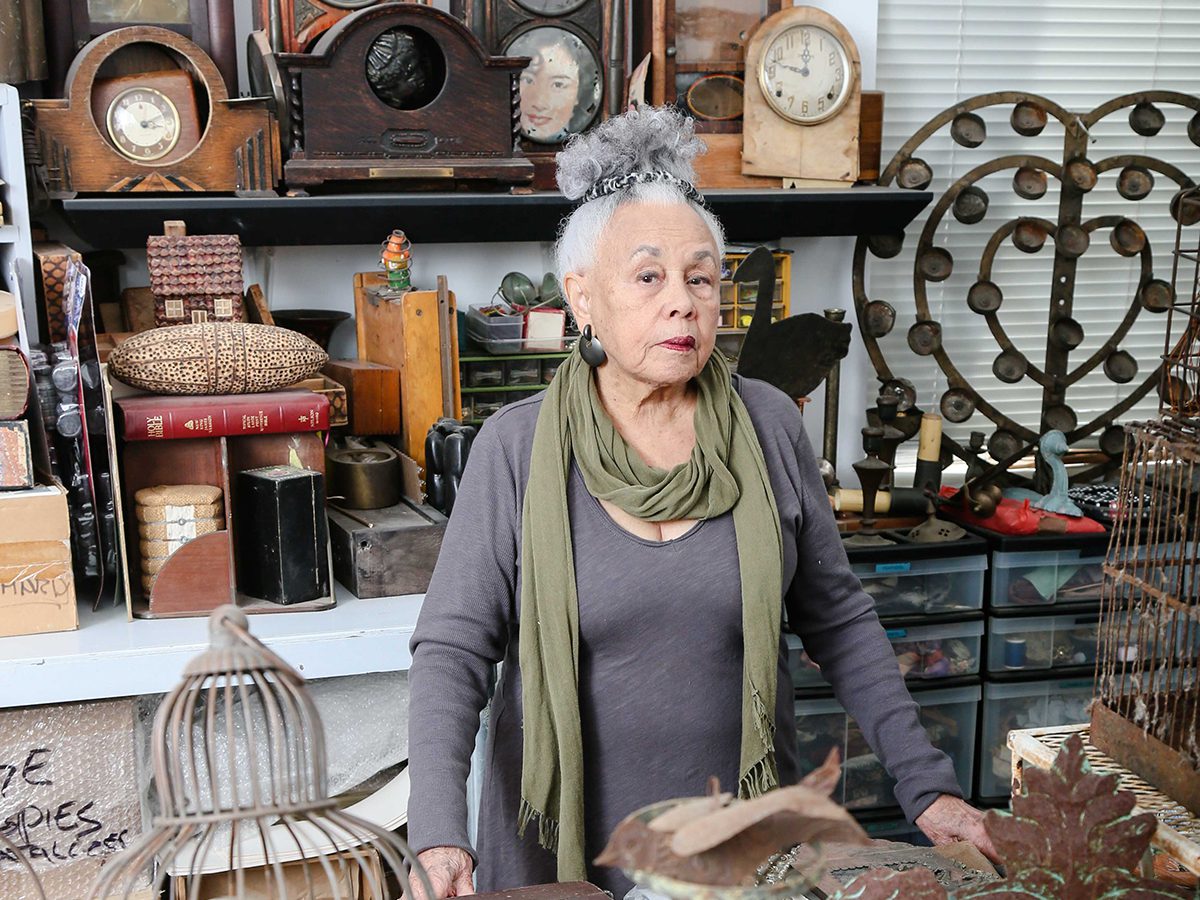
In September 2018, the GRI acquired the archive of artist Betye Saar (pictured here)
As Frieze Los Angeles highlights West Coast art, Andrew Perchuk and Kellie Jones of LA’s Getty Research Institute introduce the new African American Art History Initiative and its place in the telling of California’s black art history
DEUTSCHE BANK WEALTH MANAGEMENT x LUX
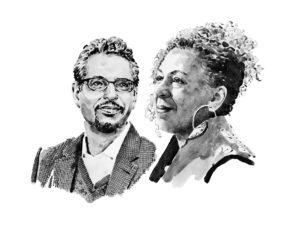
Andrew Perchuk and Kellie Jones
In the fall of 2018, the Getty Research Institute (GRI) announced the establishment of the African American Art History Initiative (AAAHI), an innovative nationwide research program focusing on the rich postwar art and cultural legacy of African American artists. In 2019, as Frieze LA draws an international audience to experience the thriving contemporary art scene in Los Angeles, the GRI demonstrates its longstanding commitment to the city and its vibrant artistic history. The AAAHI will entail concerted efforts in the acquisition of archival material, the support of scholars and researchers, research projects that will culminate in exhibitions and publications, an extensive oral history program, and the dissemination of materials and findings on digital platforms.
Follow LUX on Instagram: the.official.lux.magazine
The AAAHI continues research efforts initiated by the Getty Research Institute and the Getty Foundation, particularly ‘Pacific Standard Time: Art in L.A. 1945–1980’, which brought together 60 cultural institutions across Southern California for six months from 2011 to 2012 to draw attention to the many unique and diverse artistic histories, among them the numerous African American artists, curators, and gallerists active in the region after 1945. For instance, the California African American Museum’s exhibition for ‘Pacific Standard Time’, titled ‘Places of Validation, Art and Progression’, documented the history, beginning in 1940, and forces that made opportunities possible for African American artists in the LA art scene. Meanwhile, the Hammer’s ‘Now Dig This! Art and Black Los Angeles 1960–1980’, is today recognized as a landmark exhibition that chronicled this historically under-researched area of American art and brought new attention to the work of artists such as Mel Edwards, Maren Hassinger, and Senga Nengudi.
As those exhibitions demonstrated, postwar Los Angeles was an important site of creativity for African American artists who migrated west in search of a modern future. Foundational artists such as Charles White paved the way for David Hammons, John Outterbridge, Don Concholar and Betye Saar. Through traditional media as well as avant-garde practices of assemblage, installation, and performance, these artists fundamentally changed the cultural landscape of Southern California and beyond. Individuals such as Samella Lewis, Cecil Ferguson and the brothers Alonzo Davis and Dale Brockman Davis championed the works of African American artists by developing gallery and museum networks, and were integral in sharing and publicizing the works’ significance with the larger artistic community. The AAAHI will supplement such past projects, and reach beyond the artistic landscape of Southern California, to acquire archives and oral histories, and support scholarship that will document these histories.
Read more: BASTIAN gallery director Aeneas Bastian on the global art world
The GRI has a small but growing collection of material from artists such as Kerry James Marshall, Lorna Simpson and Kara Walker, and September 2018 acquired its first major archive in relation to the African American Art History Initiative, the archive of Betye Saar. Over a period of 50 years, Saar, a pioneering artist and major figure in the postwar art scene in Los Angeles, has produced assemblages, installations and public art works that are conceptually and materially grounded in the African American and African diasporic experiences. Archives play a central role at the GRI, and Saar’s archive is a cornerstone of the African American Art History Initiative. Sharing such acquisitions digitally, the GRI intends to enhance the visibility of works of art and cultural contributions by African Americans and to become a significant site of scholarship for African American art and culture.
The Getty does not launch the AAAHI alone. Its collaborative endeavor aims to enhance the visibility of and scholarly attention paid to African American artists and build on the substantial foundation that other institutions and individuals have contributed to this crucial history. Our initial partners include the California African American Museum and Art+Practice locally, and The Studio Museum in Harlem and Spelman College nationally. The AAAHI’s growing advisory committee of leading scholars, artists and curators – which includes Andrea Barnwell Brownlee of Spelman College, Richard J. Powell of Duke University, Bridget R. Cooks of UC Irvine, and Mark Godfrey of Tate Modern – will help shape the GRI’s collecting strategies and evaluate how we can best serve the field. Complementing institutions such as the New York Public Library’s Schomburg Center for Research in Black Culture and the Smithsonian Archives of American Art, the GRI will make a distinct contribution as a research center for African American art of the postwar period. Further, the GRI will partner with historically black colleges and universities to maximize the research potential of its digital archives, increase scholarly access, and create a larger community. As the artist Noah Purifoy wrote in the late 1960s, “art is of little or no value if in its relatedness it does not effect change.”
Andrew Perchuk is Acting Director of the Getty Research Institute and Kellie Jones is Senior Consultant for the African American Art History Initiative at the Getty Research Institute and Professor of Art History and Archaeology at Columbia University
This article was first published in the Winter 19 issue



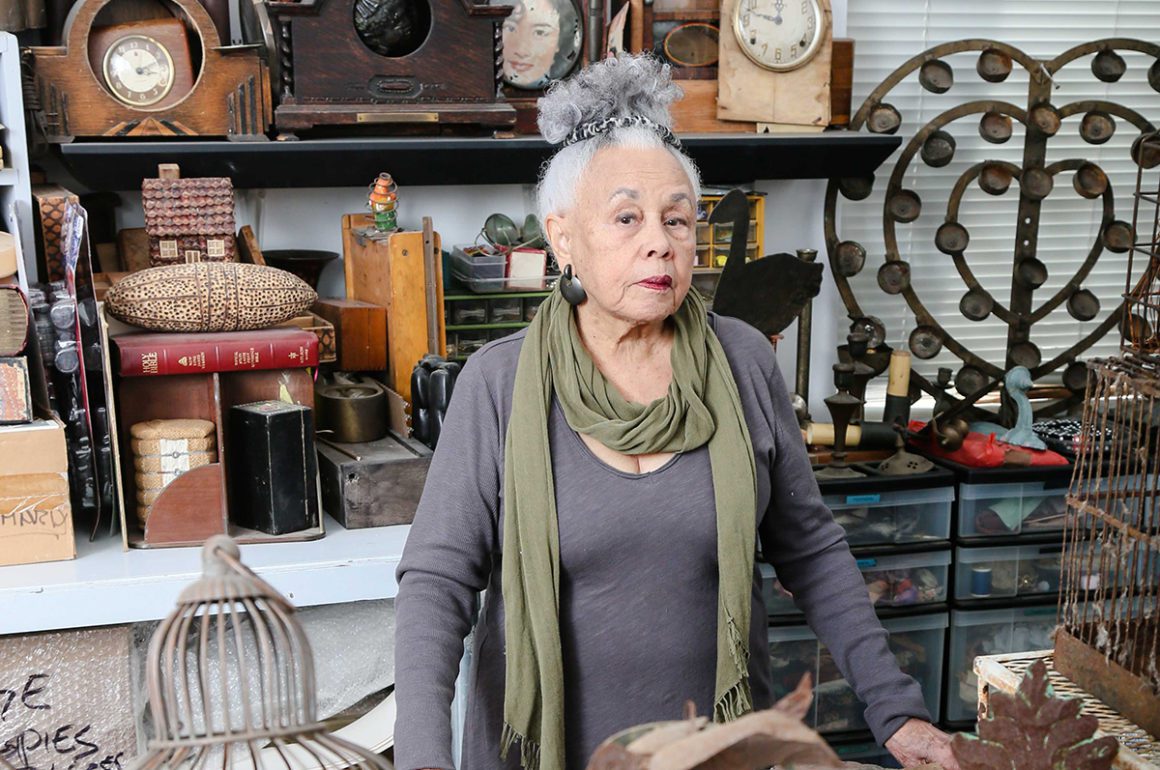
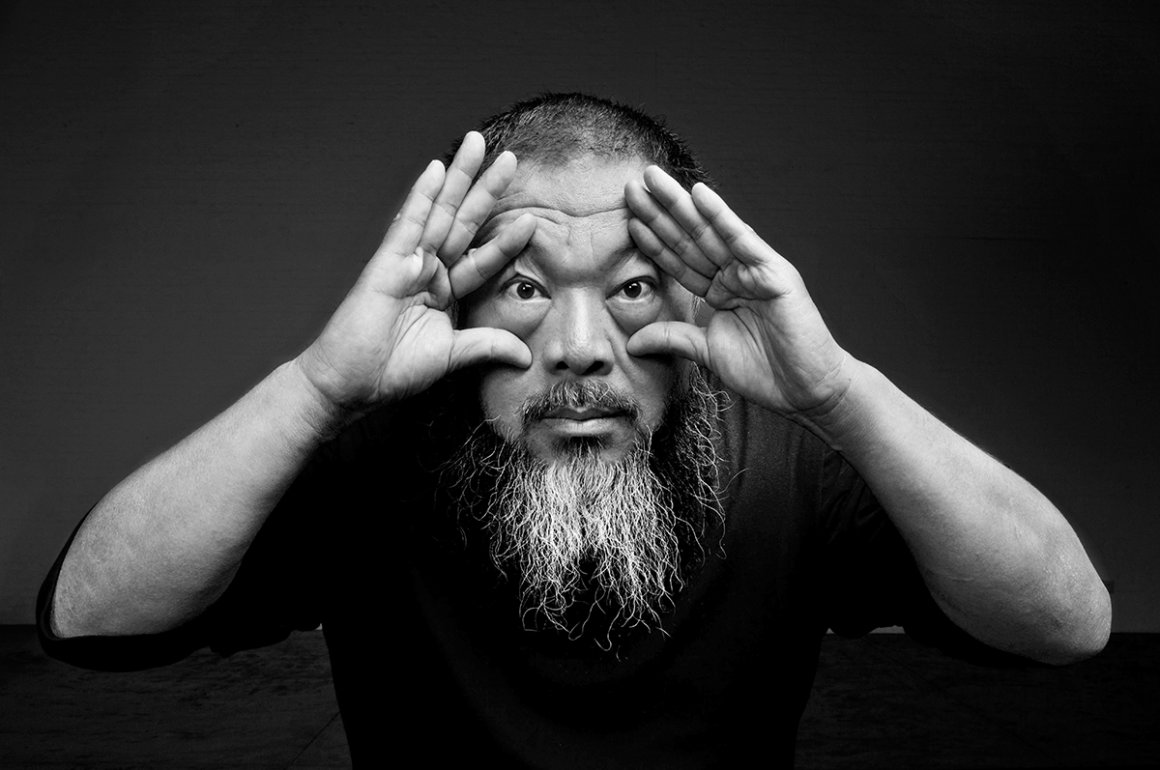
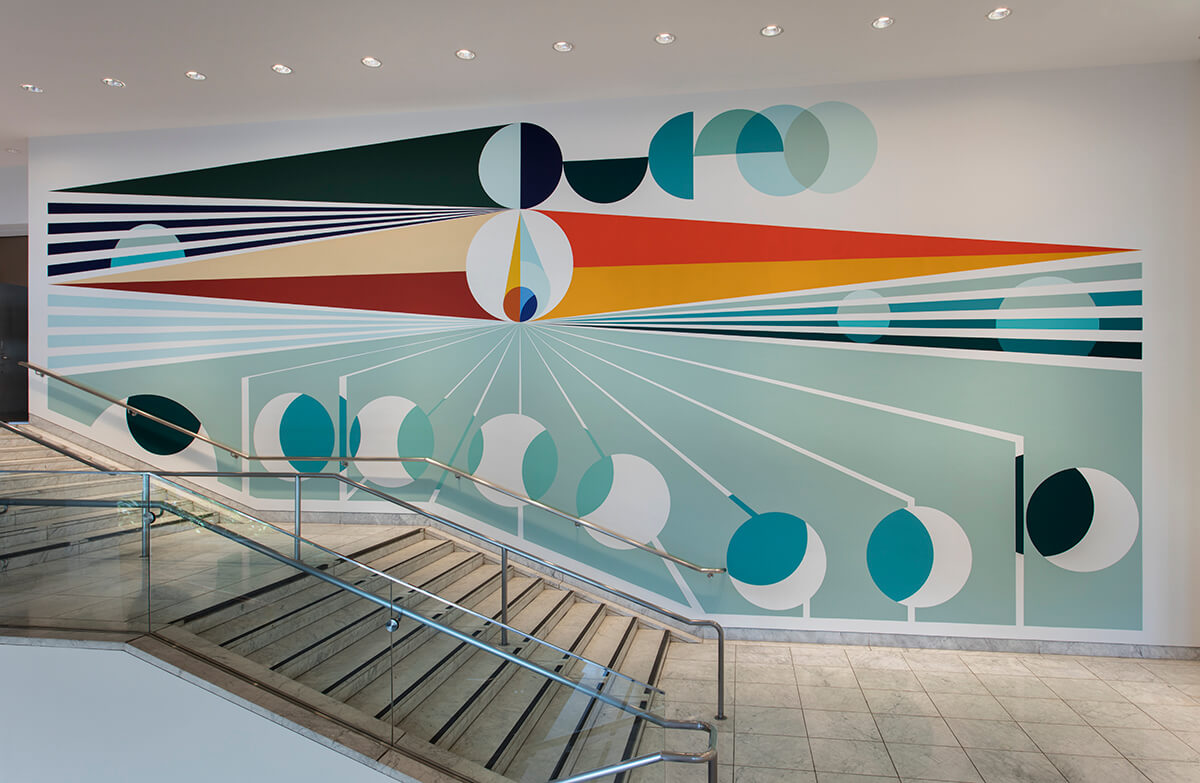
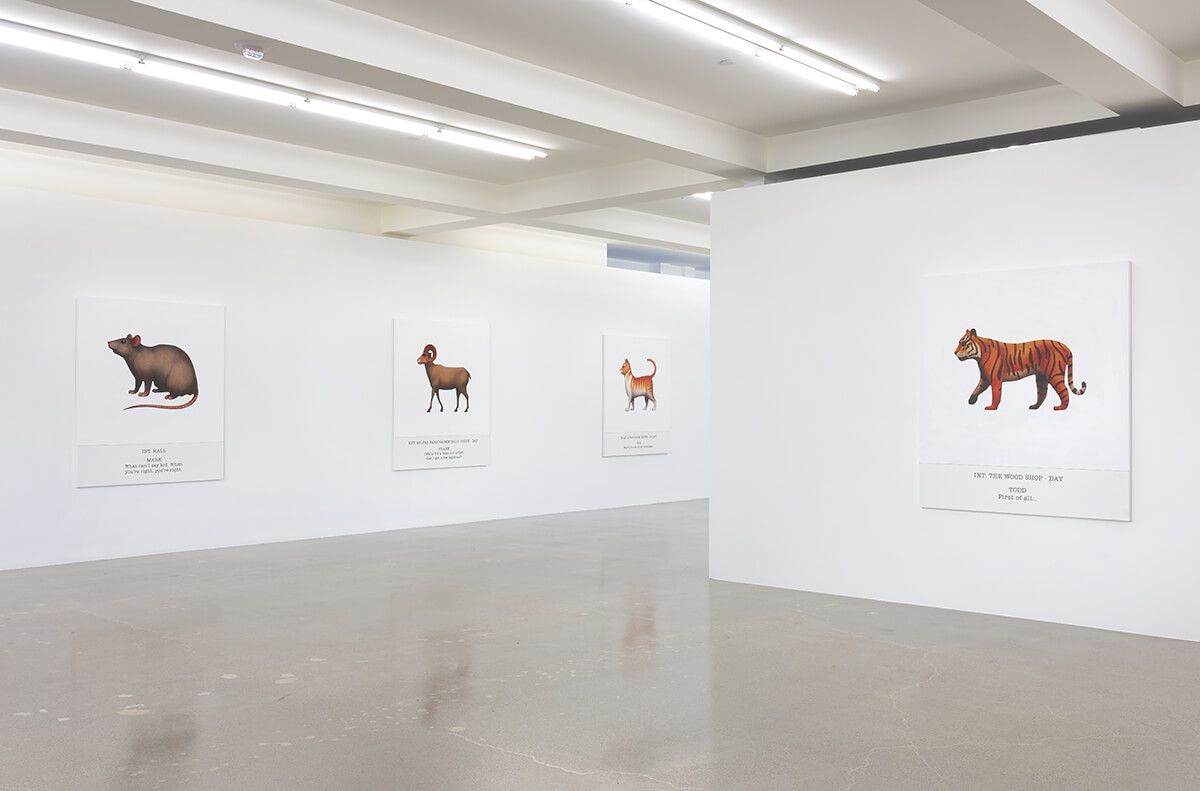
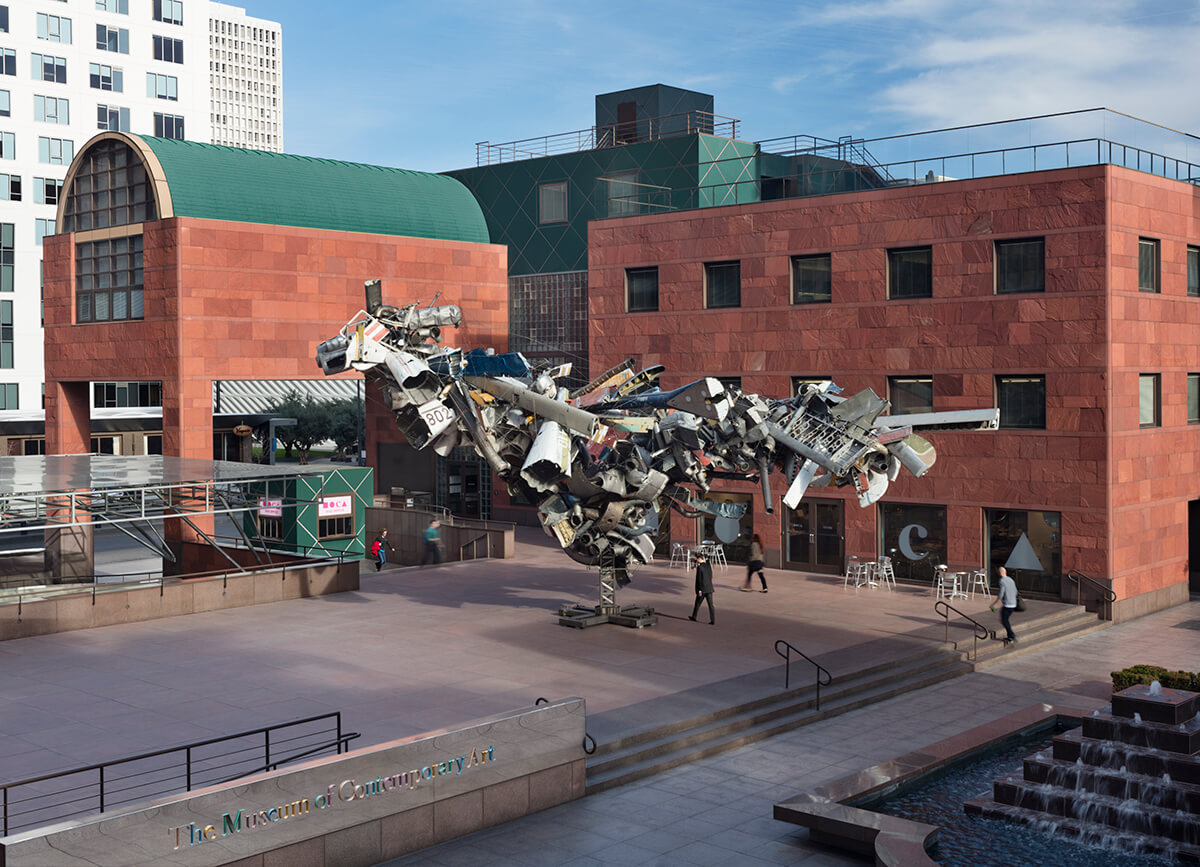
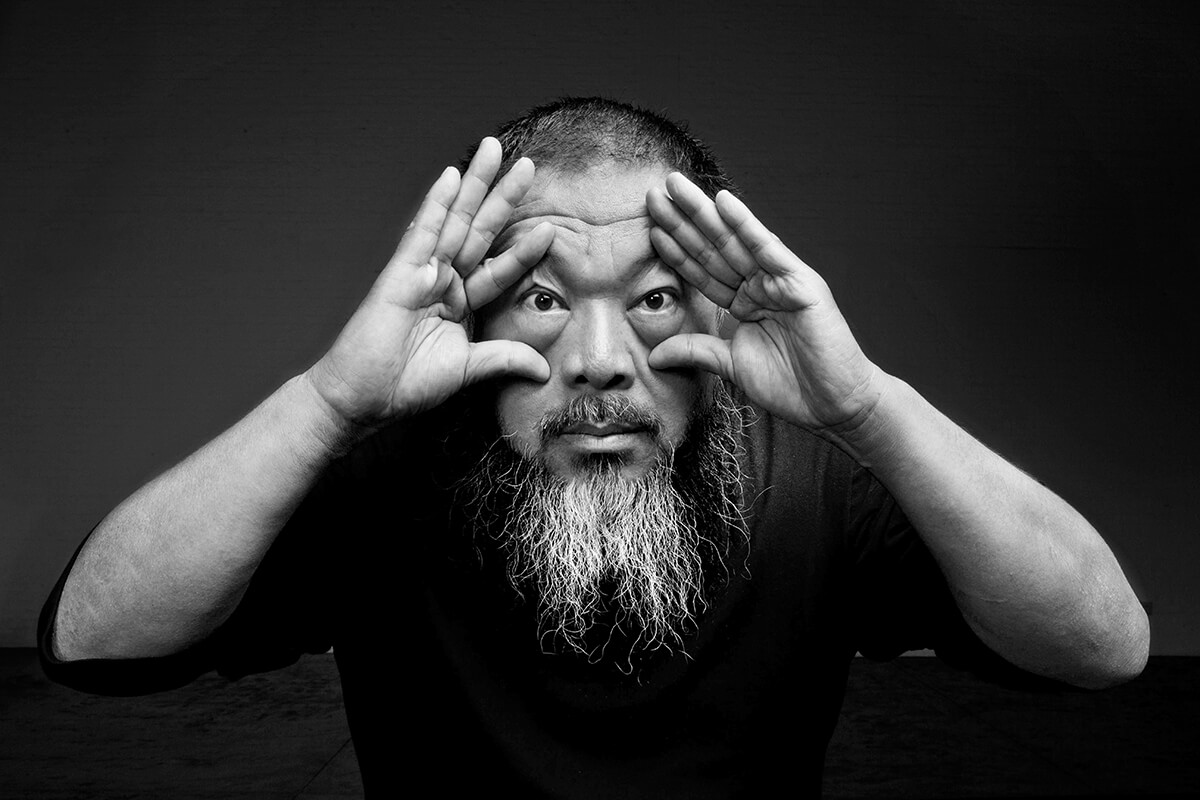





Recent Comments